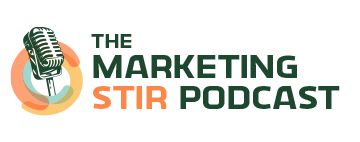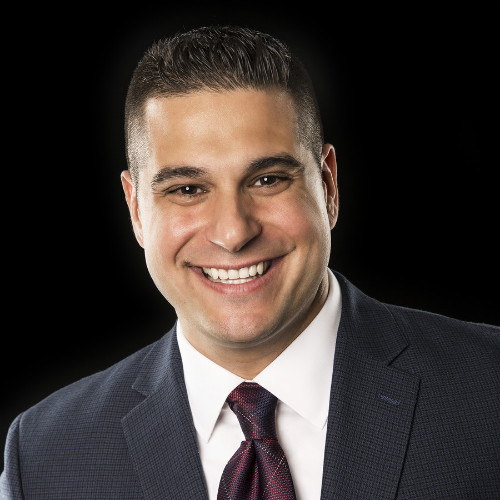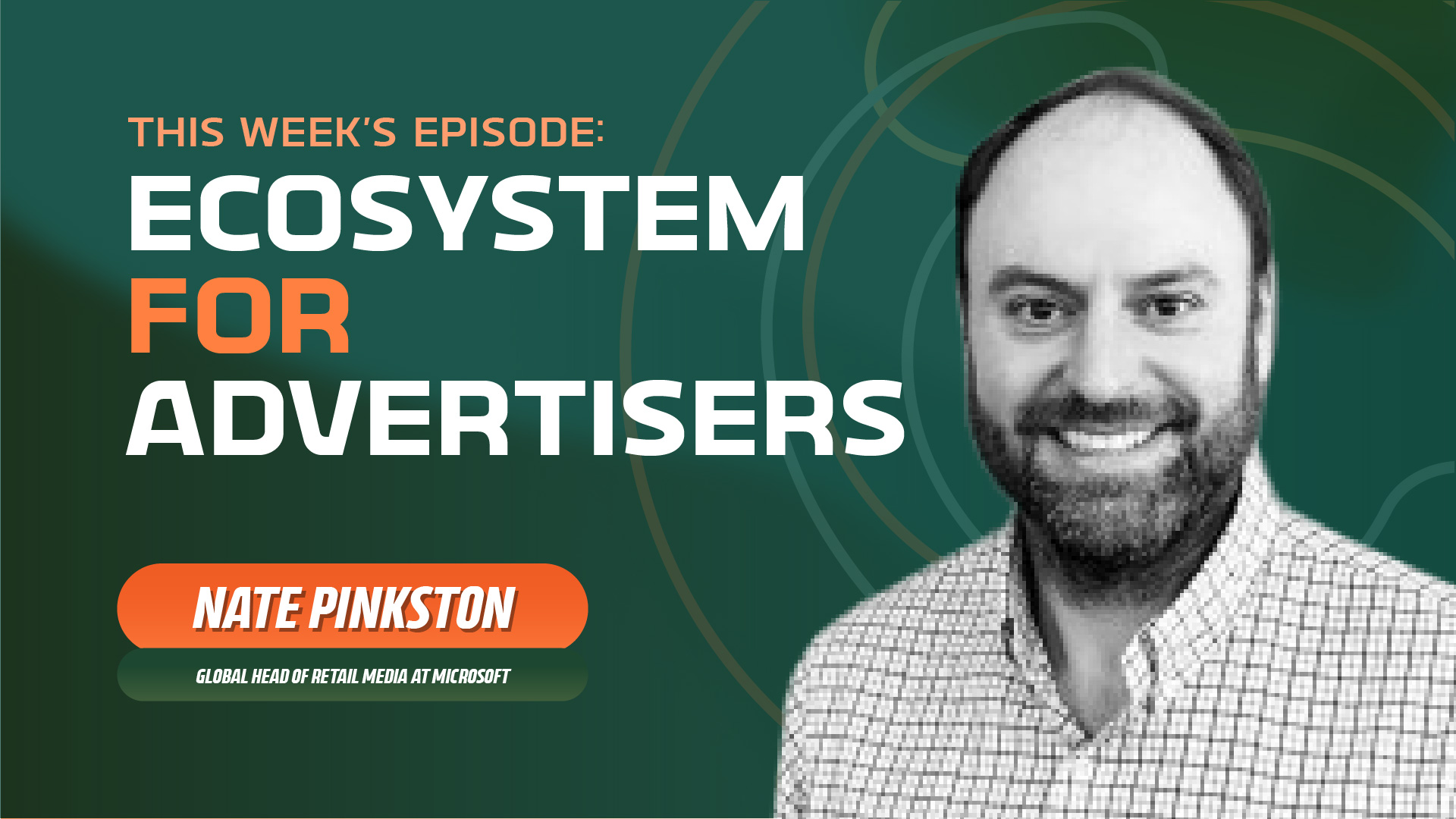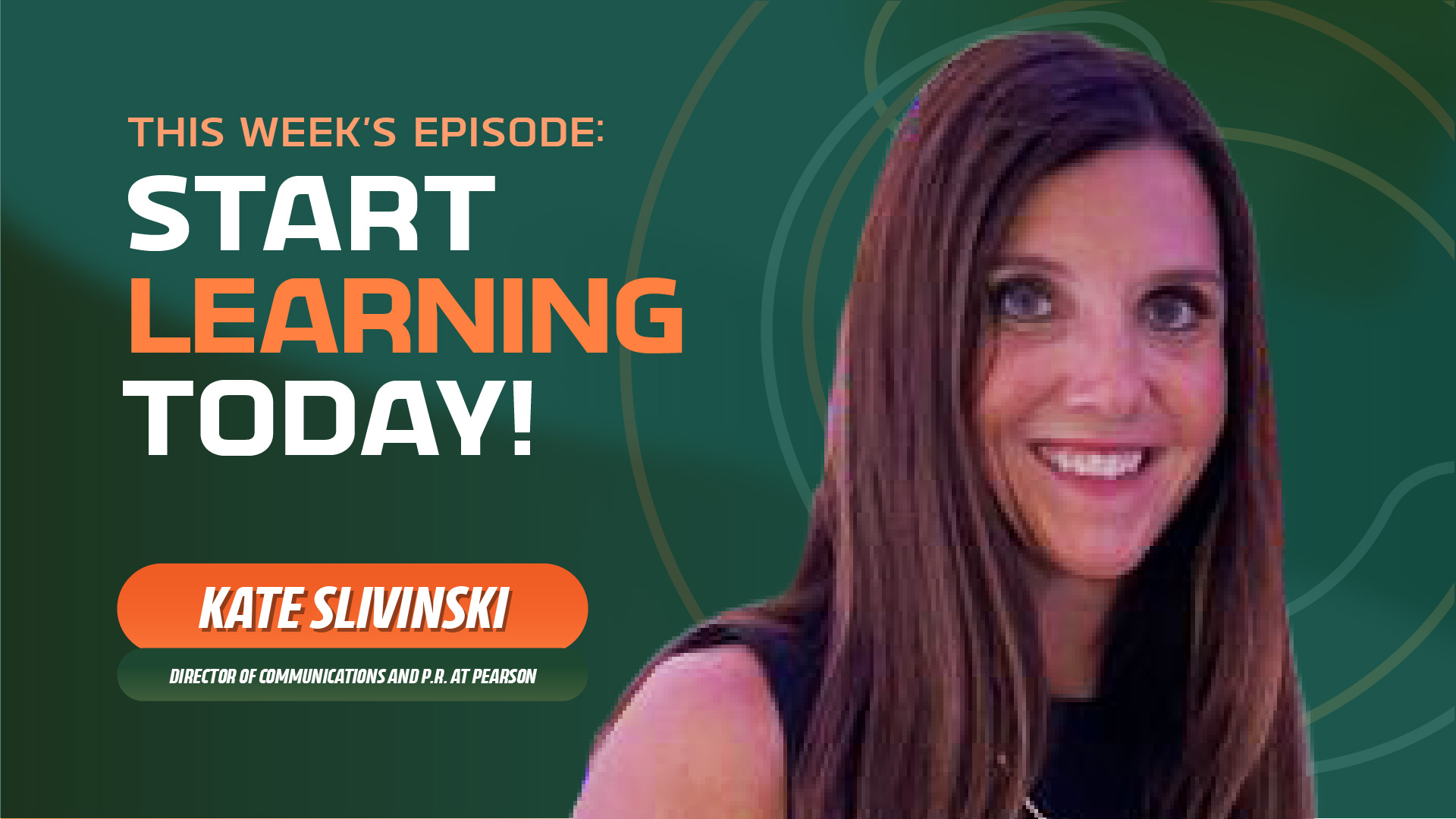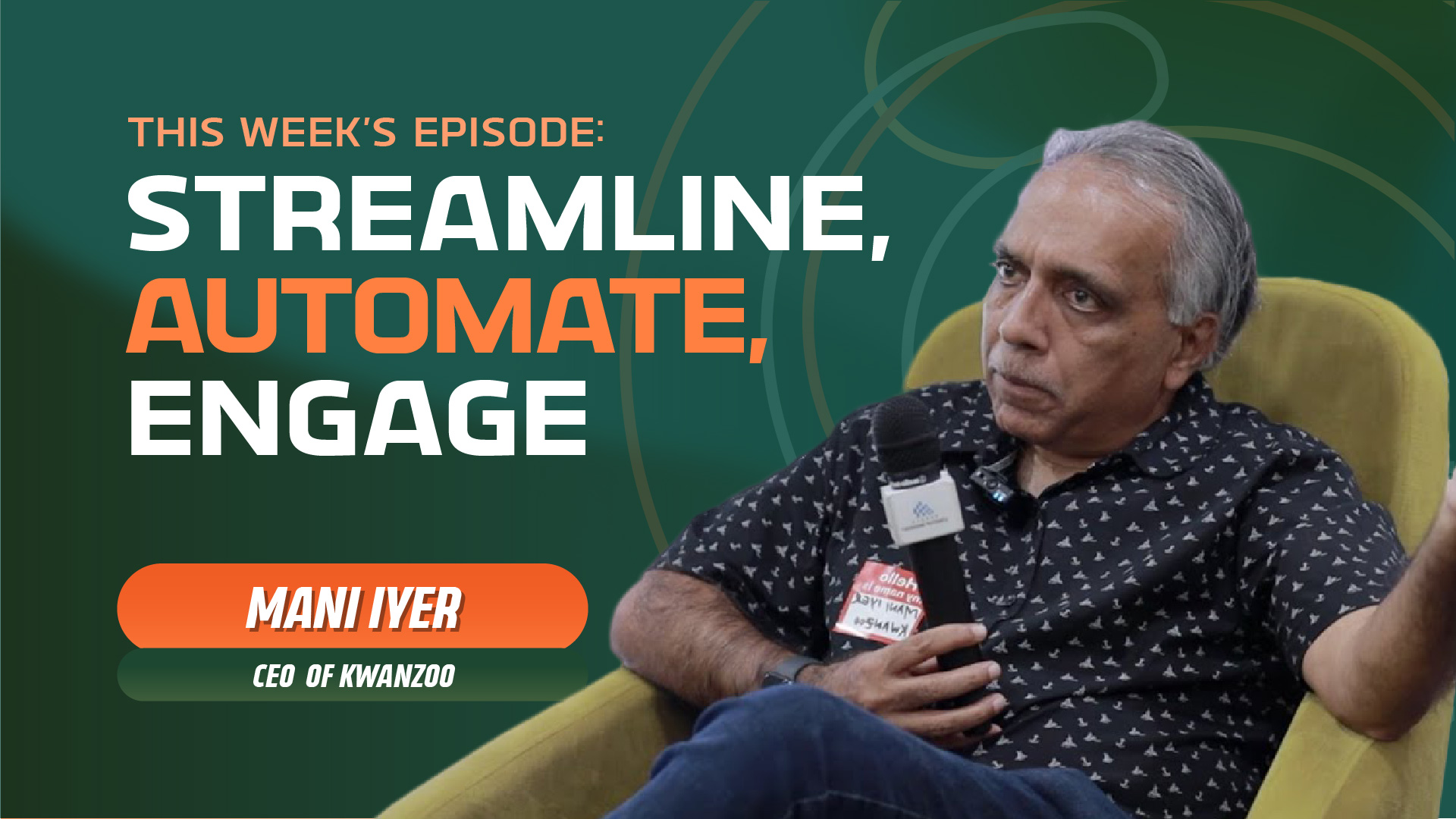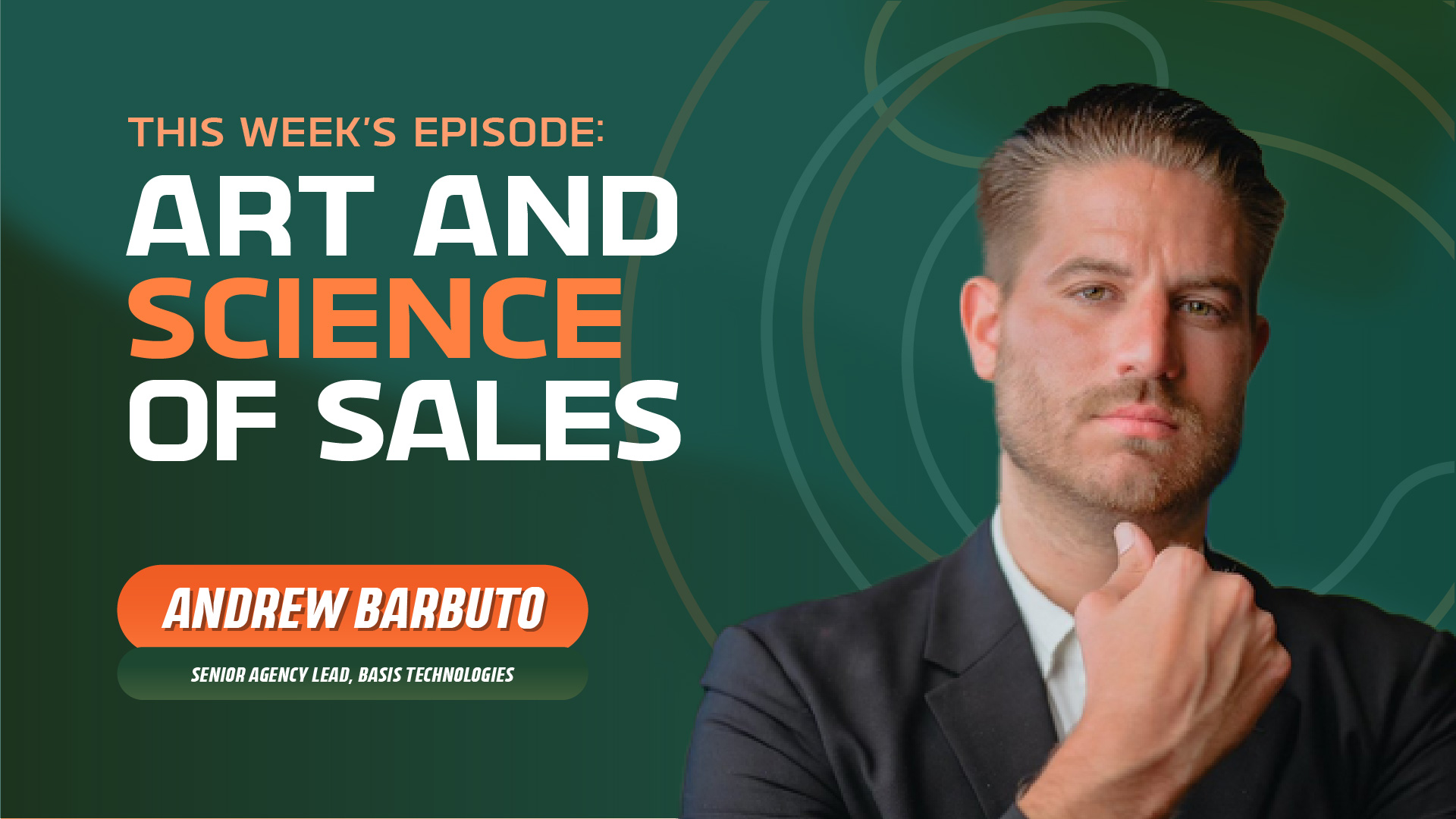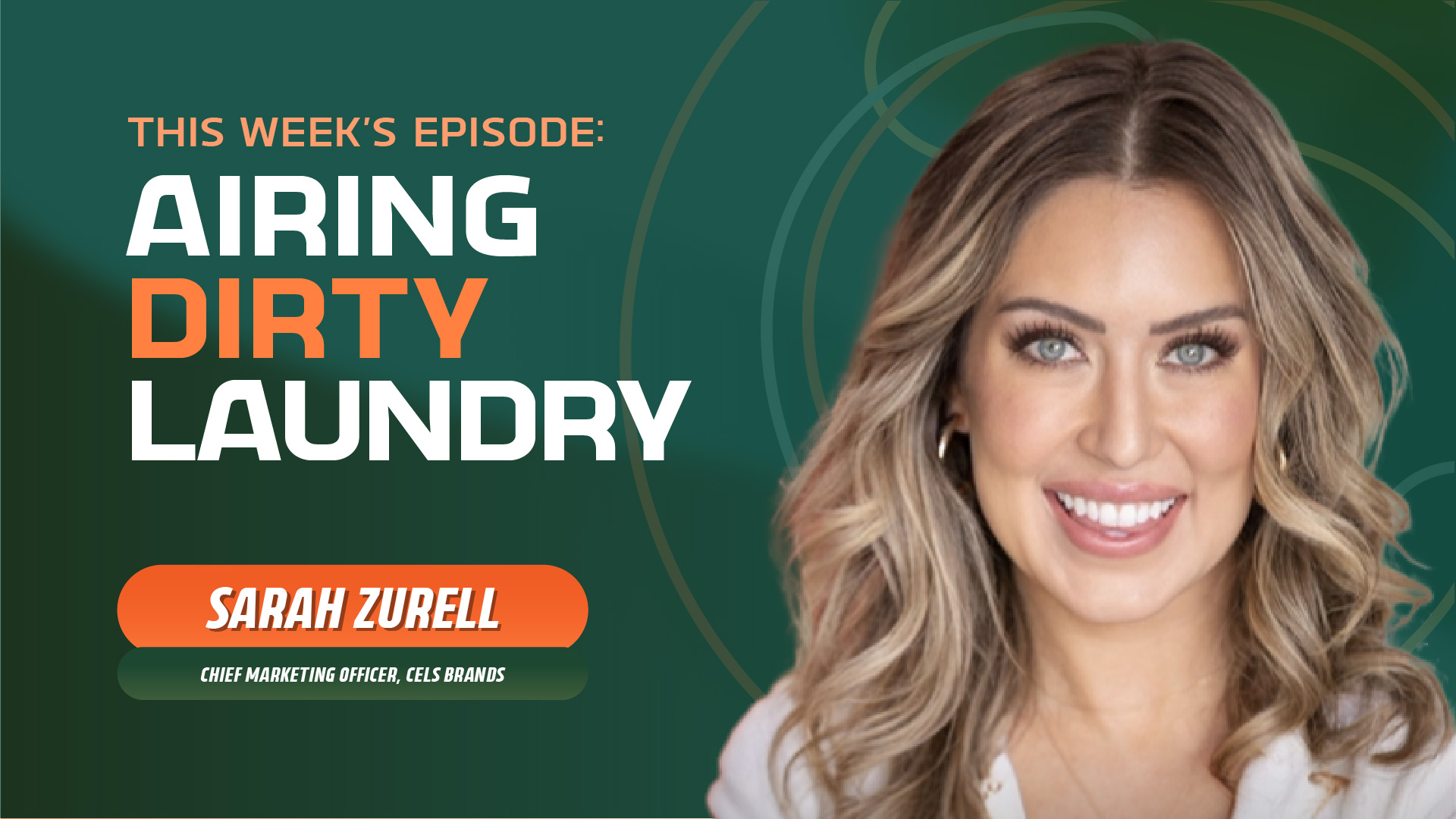Concentric Circles: Crafting the Right Story for your Audience
- 0.5
- 1
- 1.25
- 1.5
- 1.75
- 2
Jared Walls: Welcome to the Marketing Stir Podcast by Stirista, probably the most entertaining marketing podcasts you're going to put in your ears. I'm Jared Walls, Associate Producer and Stirista's Creative Copy Manager. The goal of this podcast is to chat with industry leaders to get their take on the current challenges of the market, but also have a little fun along the way. We're taking a break this month, but thought we'd reshare some takeaways from season one. In this episode we hear from Michael Bouteneff, Global Marketing Director, Strategic Growth at MasterCard, Vijay Ramachandran, Vice President of Marketing Strategy and Planning at Pitney Bowes, Fredrik Carlegren, Vice President of Global Marketing at Toshiba Global Commerce Solutions, and Jared Gardner, Vice President of Digital Marketing at Sprinklr. They discussed the ways they craft their messaging to appeal to their various audiences. Give it a listen.
Speaker 2: The process as a marketer, and for all of us really here, whether I was at IBM or MasterCard or somewhere else or an agency, I always think of it as sort of these concentric circles of audiences, depending on the goal. So the biggest circle, the widest circle is sort of the massive public. You would never go all out trying to market to the mass public, but let's say the first circle, the largest, is maybe your influencer community. And they're not going to be your buyers, they're not going to be your decision makers, but they are very much your influencers. And when you're building brand awareness, and when you want thought leadership to be amplified in some way, that's the community whose attention you're trying to get, for sure. And you're hoping to drive sort of waves of amplification through that audience. But then digging a little deeper now, your next concentric circle, you have the folks that report to and inform the C- level and VP- level audiences. So it might be your directors. It might be your practitioners. The people who are on the ground who are like," Man, I've got this challenge and I need a solution for it. I need a technology. I need a platform. I need a way to digitize payments so that I can give people who are off the grid who need help because of COVID... I need to find a way to get money to these people. How can I do that when they can't get into a post office because of COVID." Et cetera, et cetera, you know? So that's like another layer. And there's certain tactics that feed to that. It might be a combination of paid social. It might be search. They might be just a really targeted LinkedIn campaign. And then you have your buyers and decision makers and C-, VP- level folks, and where do they play? They might not be Google searching for a solution, but they might be swiping through their LinkedIn feed, looking for the latest thought leadership or thought leadership paper. It really depends on who you're talking to. So we try to think of those different categories and levels of people who are at different levels of decision- making power, ability, or just that process. They might be in a different role in that process and market to them in the right way, based on what resources are they looking at to help them make their decisions.
Speaker 3: We work predominantly with direct- to- consumer, DTC brands, or otherwise known as digitally native vertical brands. And the reason we kind of focus in that area is because if you're a mid- market brand, what you're trying to do is to figure out what your brand means. You're at a size where you don't have the novelty of a small startup and you're just kind of entering the market and you've got kind of a hockey stick growth curve, right? That's very important to have initially. But at some point you reached a stage where acquiring the next customer, whether it's advertising on Facebook or Instagram or Google or wherever, it becomes really expensive, right? And you've got to figure out that next stage of growth without diluting your brand. You see so many of these companies come up. There's companies like Dollar Shave Club and Allbirds shoes. And these are companies that come in through a single product category. Shoes, razors, right? They come to the market and build their brand narrative on a single product category. They hit a certain point and they're like," Well, there's only so many people buying razors. What can we sell to achieve the next layer of growth inside of razors." Right? And then you start to diversify. Now, as soon as you start to diversify your product portfolio, your brand narrative changes and the things that drove your business before don't drive your business still. And at that juncture, you're looking for a partner to work with to figure out, well, what are the trade- offs? Is option a going to cost more than option B? Is there a way that we can anticipate what our customers are going to think if we roll out option C? You're starting to try to make decisions about your product portfolio and where the value propositions are. And once you get really broad, right? The type of client we usually work with... Although we work with the biggest marketplaces, some of the biggest retailers. We've got experience there. A lot of the customers we're adding these days is in this mid- market, digitally native space because at that large size, you're really only competing on convenience. If you're someone like an Amazon or a Walmart, it's how much product do I have? Like how many different types of things can I... If you search for, does it show up in the search results and my product list and how fast... Can I have it tomorrow? Can I have it in two days? You're competing, not on the product itself, the quality of the product and the story behind the product or the brand. Your brand is about convenience when you get really big. But when you're a mid- market brand, you still want your story to be about your product. And so all of these other things on convenience, they're a bunch of trade- offs. You're not just focused on convenience. You're trying to figure out is this source of convenience worth the trade- off of costs and reducing the amount of money I can put into product, right? Because it's all a margin trade off. And so that's why we focus on these mid- market brands, because they're at this very interesting stage of growth where they've achieved this initial growth spurt, but then they have to make these decisions on trade- offs. And we come in with this balancing question of," Do you want to focus on convenience? Do you want to focus on brand narrative? Or what are the other options you have? It's not just all convenience or no convenience. There are different levers you can pull and how can we explore those different lepers with you?"
Speaker 4: So I might be a little bit biased given who we work with and our clients and the industry that I'm in, but to me, the physical store still just plays such a significant role in communities. I mean they're the heart of a lot of communities, and I'm not just talking about the big retailers. I'm talking about retail in general, the physical store in general, right? It's the backbone of so much of what our communities are made out of. And you've got some big retailers, like inaudible for example, where I think they're within five minutes of 80% of the US population, right? I mean, there's other retailers that have that kind of breadth, right? And then there's the smaller retailers who are just the lifeblood of the community. And so what sets, I think, the store apart at the end of the day, are things like... And this is also based on the consumer survey and why those who go into a store continue to go into a store. A lot of it comes down to quality, right? And the being able to see and pick up and know that what you're buying is actually what you're buying. A couple of years ago I bought something online for my nephew. It was a little silverware plate set. And he was big into construction. So it had a construction theme and I got kind of a confused message a couple of days later about," Well, yeah. I mean, he liked it." But I was like," Well, I thought it'd be right up his alley!" And" Well, yeah. I mean, you know..." And then it kind of got to it had like bugs and it was a totally different theme set. So they sent the wrong one. And that happens. But in the physical world, you avoid some of that. You know what the quality is, you know what you're picking up is what it is. Merchandising and displays is a big part of that too. A lot of consumers want to see how things actually fit together, work together, how the designs... Take Ikea, for example. Right. So I'm Swedish. Right. So I got to plug Ikea in here at some point. I think that's part of my crosstalk
Speaker 5: It's a rule.
Speaker 6: It's a rule, yeah.
Speaker 4: crosstalk perfect example of you get to see what the entire space looks like. You can do some of that online too, but there is a consumer preference inaudible You get a better sense for that in a physical store. So I think those are a couple quality- related... Just the way consumers like to engage. The other thing that... When I think about online and digital, and you think about the buying online part. That part's digital, but let's not forget that behind that there's a lot of analog stuff, right? So that item still needs to be packaged. Yes, there's a lot of automation in that process, but we ship, so shipping delays, storms and things impacting that whole part of the supply chain. So it's not like digital is fully digital where it just shows up on your front door magically, right And so stores still play an important part of that central inaudible We haven't even touched on the fact that there are some things that you just run out of. Medicines and things that you just need right away, and you just want to be more sure. I mean, physical stores are... They are going to continue to be a big part of our communities and our economies. No question about that.
Speaker 6: Yeah. So I think that's one of the biggest things that I spend time thinking about. And if you can say, I think for all marketers that are doing any paid demand generation that's... Whether you're you're B2C or B2B, it doesn't matter, right? So being able to target accurately and to measure accurately. So there's, there's two sides of that, right? Like when the cookie goes away, you can't target because like... Let's use Facebook as an example. I can't see that, so- and- so went to, you know... Let's call it adweek. com. You know, a publisher. And I can assume if somebody goes to adweek. com three times a week that they're probably in the marketing world. And then I can advertise the people who go to adweek. com because they're probably interested in marketing. With the cookie going away, that Facebook targeting, and really a lot of companies who use third- party data like that, is a lot less valuable as well... It's actually impossible, more or less, until some of these new technologies like block and fingerprinting become a thing. So the targeting goes away. It's way more difficult. And then the other side is the tracking and analytics. If iOS is blocking Facebook from firing conversion pixels back to Facebook, now your conversions aren't showing up. So one, your ads are not performing as well because your targeting sucks, but then you're also not measuring what actually is working. So you're actually losing efficiency on the targeting, and then you're losing those visibility on the backend, on the reporting. And so the answer to that, it really is first- party data. And so a couple of things that I've really been focused on lately is building a first- party data stack that makes you self sufficient. Because as soon as you own somebody's email address, you can go target that email address in Google and Facebook and LinkedIn and Twitter, you know, so on and so forth across all of these channels. I really like to build around a customer data platform. Segment is my favorite tool. So Segment should probably be paying me at this point, because I talk about them so much. So with segment, really being able to capture, you know, when somebody fills out a form, regardless of what they're downloading, when there's a demo or they're downloading an ebook or downloading a webinar. Or, even better, if you're using a product like Growth, you're able to get people to become free customers by signing up for a trial or a freemium offering. Now you own that data. That's a customer of yours. And so if you can kind of take what previously you would think of as customer data and apply that to the prospect model. So, how can I get this email before they're a customer so that I can target them as if I was a customer on Facebook? And so your data architecture is really super important. So making sure that you have a customer data platform, that one captures all of that in a central place, and then can sync that over to all of the platforms. So from Segment, you can use their Personas product to sync over an audience, to Facebook, to Google ads, to LinkedIn. And you can do that with a centralized definition. If you're in e- commerce, you can say," I want people who added to cart, who have purchased in the last 60 days, who have something in their cart that they abandoned. And I want to sync that over to all the ad platforms with one definition, as opposed to going to each ad platform and defining that audience just a little bit different." And then you have one central audience definition and push it everywhere. So that helps with the targeting side, and to do that your marketing activities need to move a little bit up the funnel to make sure you're acquiring that first party data. And then your technology, making sure that you can centralize that collection and sync it everywhere. So that's kind of the audience targeting side that you lose. And then on the measurement side, the ad platforms honestly have some catching up to do. I think Facebook is really leading the charge here. So Facebook has a really robust Convergence API, and through a tool like Segment, you can say when somebody requests the demo, instead of firing a conversion pixel off to Facebook, like you would traditionally do, I can have Segment, which is a first party data collection tool, so it's not getting blocked by iOS, send a server- side conversion to Facebook on the backend that doesn't get blocked by your OS, from my server over to Facebook's server to count that conversion. And so your conversion tracking gets better. Now, Google, LinkedIn, Twitter have some catching up to do with the server- side conversions, but I think it's just a matter of time before they catch up.
Jared Walls: Thanks for listening to the Marketing Stir Podcast by Stirista. We'll be back with full episodes in September, but until then, please tune in for a month of special topic- focused recaps from our Season One guests. As always please like, rate, and subscribe. If you're interested in being a guest on the podcast, email us at info @ themarketingstir. com. See you next week!
DESCRIPTION
Marketing experts from MasterCard, Pitney Bowes, Toshiba Global Commerce Solutions, and Sprinklr discuss the ways they craft their messaging to appeal to their various audiences.
